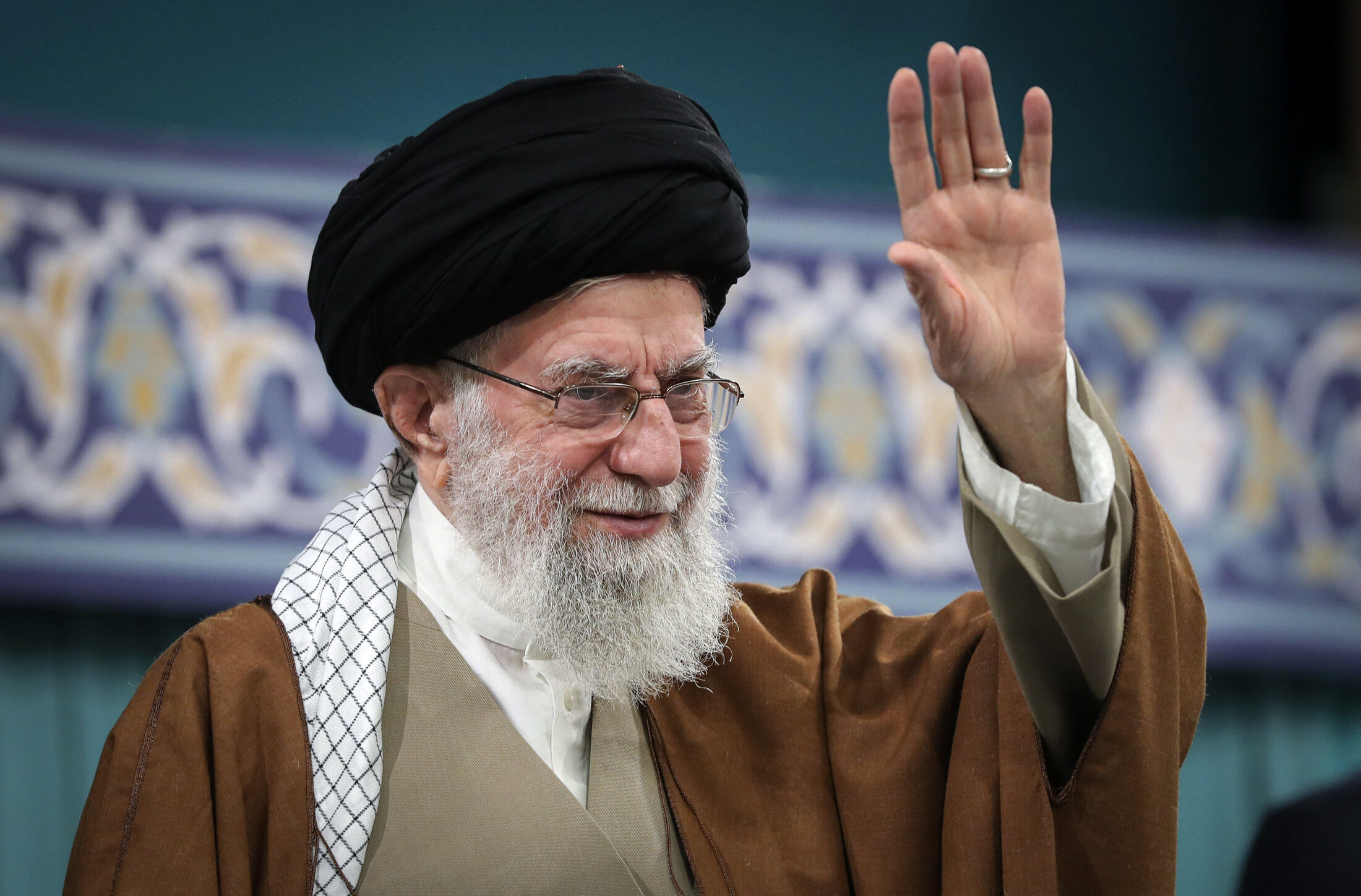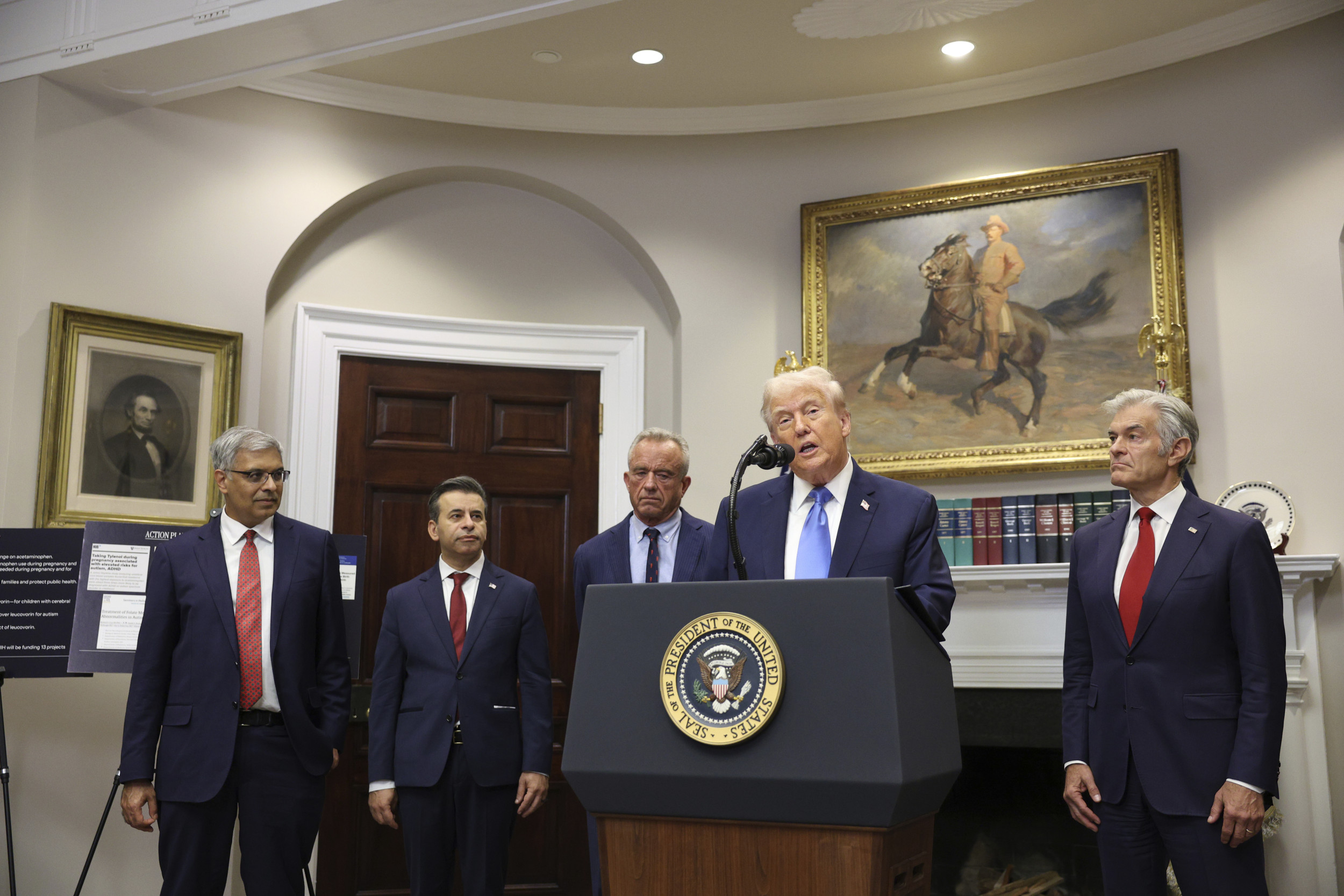
Iran’s Supreme Leader Ayatollah Ali Khamenei emerged from hiding Saturday to attend a religious ceremony, marking his first public appearance since the 12-day war between Israel and Iran began.
Why It Matters
Khamenei’s public reappearance signals a potential shift in Iran’s posture following a devastating conflict that saw U.S. forces bomb three key nuclear sites and resulted in over 900 Iranian deaths.
His decision to emerge from what sources describe as “bunker hiding” demonstrates either increased confidence in his security or the political necessity of showing strength to his people during a significant religious observance.
The timing coincides with Iran’s controversial suspension of cooperation with the International Atomic Energy Agency (IAEA) and reports of major internet disruptions across the country, suggesting ongoing tensions and potential preparations for future diplomatic or military developments.
What To Know
The 86-year-old leader appeared at a mourning ceremony on the eve of Ashoura at a mosque next to his office and residence in Tehran, where state television showed him waving and nodding to a chanting crowd that rose to its feet upon his entrance.
Khamenei’s absence during the recent conflict had suggested heightened security concerns for the Iranian leader, who maintains final authority on all state matters. The ceremony was held under heavy security, with Iranian officials including the Parliament speaker in attendance. There was no immediate report of any public statement made during the event.
The 12-day war began when Israel launched strikes fearing Iran was developing atomic weapons, targeting defense systems, military officials, and atomic scientists. In retaliation, Iran fired more than 550 ballistic missiles at Israel, with most intercepted, killing 28 people. The U.S. subsequently bombed three Iranian nuclear facilities at Fordow, Natanz, and Isfahan, which President Donald Trump described as “total obliteration.”
Iran has acknowledged serious damage to its nuclear facilities and denied access to U.N. inspectors. On Wednesday, Iranian President Masoud Pezeshkian signed a law suspending cooperation with the IAEA, after parliament voted in favor of the bill.
The ceremony Khamenei attended commemorates the 7th century martyrdom of Prophet Muhammad’s grandson Hussein, a pivotal event in Shiite Islam that created the historic rift between Sunni and Shiite Muslims.
What People Are Saying
U.S. State Department spokeswoman Tammy Bruce said last week: “It is unacceptable that Iran chose to suspend cooperation with the IAEA at a time when it has a window of opportunity to reverse course and choose a path of peace and prosperity.”
She added: “Iran must cooperate fully, without further delay.”
President Donald Trump addressed the Iranian Supreme Leader during a White House press conference in June: “Look, you’re a man of great faith. A man who’s highly respected in his country. You have to tell the truth. You got beat to hell.”
Supreme Leader Khamenei in previous statement said Tehran had delivered a: “Slap to America’s face” by striking a U.S. air base in Qatar, warning against further attacks by the U.S. or Israel.

Office of the Iranian Supreme Leader via AP, File
What Happens Next
The extent of damage to Iran’s nuclear facilities remains unclear, as does whether enriched uranium or centrifuges were moved before the attacks.
Iran’s willingness to continue negotiations with the U.S. over its nuclear program is now in question, especially after rejecting Trump’s offer to restart diplomacy immediately.
Reporting from the Associated Press contributed to this article.




